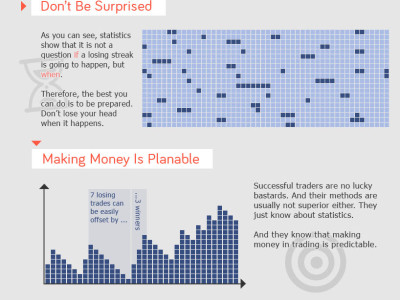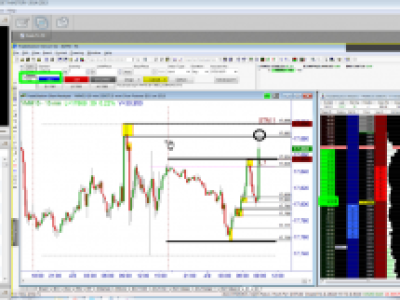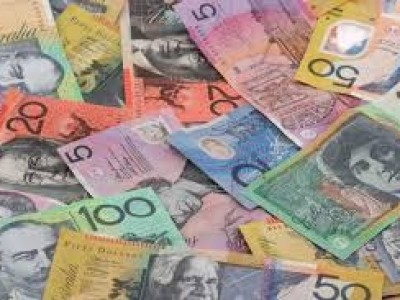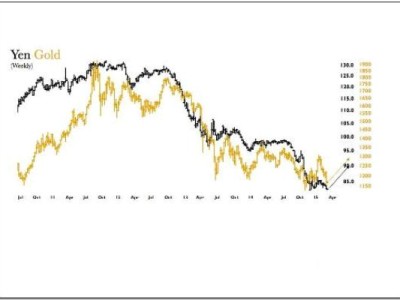Option Probabilities
In the last two articles, which you can read here and here, I discussed probability in general terms. Now let’s look into how it applies to option trading.
The reason that there is an option market at all, is that there is a way to calculate how much options should cost. Options in various form have existed for a very long time, hundreds of years at least. But there has only been general agreement on how to value them for about forty years.
The model for calculating an option’s value takes into account the current stock price; the option’s strike price; how much time there is before the option expires; and crucially, how much of a chance there is that the stock will reach that strike price in that time.
That probability of the stock being above the strike price at a certain date in the future is calculated based on how fast the stock has moved in the recent past. Based on that and the assumption that future movement will be similar to past movement, the probability is calculated. The higher that probability is, the more valuable the option will be.
Note that this whole method depends on a couple of assumptions – first, that future movement will look like past movement; and secondly, that stock prices are “normally distributed,” meaning that each move is independent of every other move and is exactly as likely to be up as it is to be down. While these assumptions are manifestly false when applied to stock prices, nevertheless, using them as working assumptions gives results that are “good enough” that the whole system based on them can function.
Last week we discussed Standard Deviation as a measure of how widely dispersed a set of values has been around the average or mean. The only data we need to calculate mean and standard deviation are a few actual values – in this case stock prices. We can then calculate the average and standard deviation, and directly translate that standard deviation into probabilities that a stock can reach any particular price (like a strike price) by any particular date (like an option expiration date).
Using USO, the oil ETF for an example: On March 4 USO closed at $19.01. Its annualized 30-day historical volatility, (easily available online from optionseducation.org, or calculated by your trading platform) was 49.5%. From this we can calculate backward from the volatility number to a standard deviation; and that will tell us the probability of movements of a certain magnitude. The formula for this is
Annualized Volatility * Asset Price / Square root of the number of periods in a year = Standard Deviation
We want to know how wide the price range for USO is likely to be in the next 45 days. We will accept as “likely” the range of values that have about a 68% chance of containing the actual price; in other words, those prices within one standard deviation of the current price.
So, here the calculation for standard deviation is:
Annualized Volatility * Asset Price / Square root of the number of periods in a year = Standard Deviation
49.50 % * $19.01 / SQRT (365 days per year / 45 days in target period) = SD
$9.41 / SQRT (365/45) = SD
$9.41 / SQRT (8.111) = SD
$9.41 / 2.848 = $3.30
So our Standard Deviation calculation for a 45-day period gives us a value of $3.30.
Since we know that in a normal distribution about 68% of values will occur within one standard deviation, we can say that in 45 days there is a 68% probability that the price of USO will be within a range between $3.30 below current price and $3.30 above it; or a range between $15.71 and $22.31.
When we trade options, we are either doing a directional trade where we want the underlying stock price to move to reach a specific target level, or a range-based trade where we want the stock not to move beyond certain boundaries.
Our best assurance that a stock will or will not pass a certain price is the presence or absence of a quality demand zone or supply zone in its path. Identifying these is a skill we teach in our trading classes. In addition to that, the probability that that amount of movement could happen within a specified time, calculated as shown here, is a powerful piece of confirming evidence of the likelihood of the trade working out for us. In our example with USO, if we’re betting on USO to move up and need it to exceed $22.31 (more than on standard deviation) in 45 days, the probabilities are against us. If our target was well within one standard deviation, then we would have a far better chance of making it.
If instead we do a non-directional trade that requires that USO remain within a range of $15.71 and $22.31 (i.e. within one standard deviation of current price) then probabilities are on our side.
Fortunately, we don’t have to manually go through this calculation for every trade. There are software tools in most trading platforms that do it for us. We’ll look at that in future articles.
For questions or comments on this article, contact us at help@tradingacademy.com
Source:: Option Probabilities














